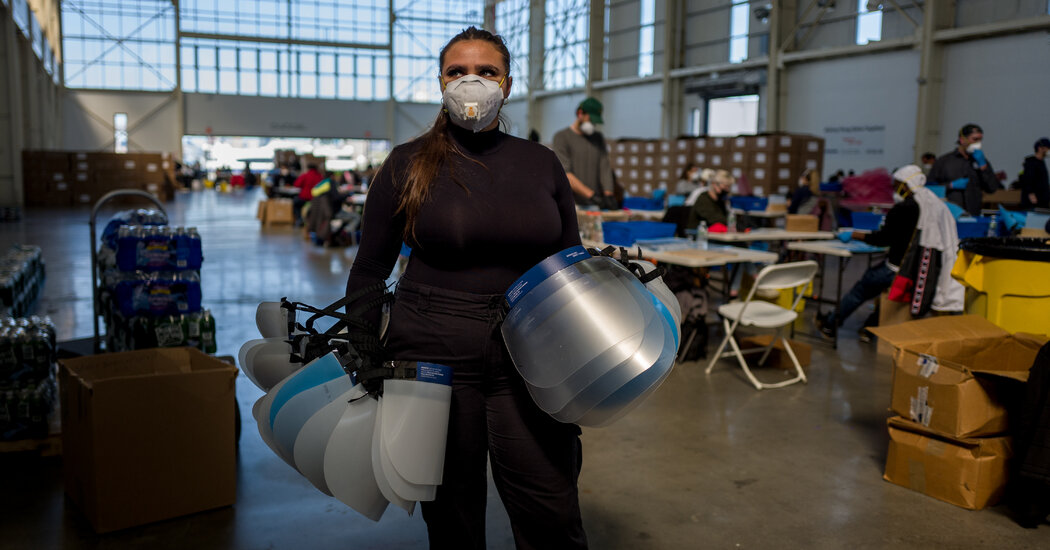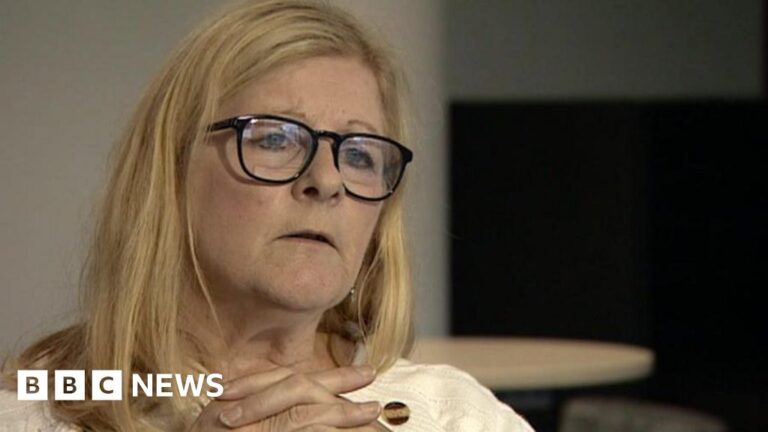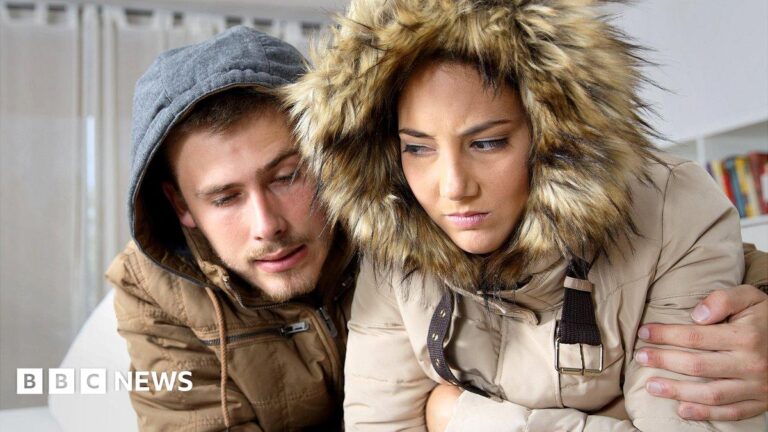Here is the text without any HTML tags or formatting:
Until 2020, few Americans needed to think about how viruses spread or how the human immune system works. The pandemic offered a painful crash course. Sometimes, it seemed that the science was evolving as quickly as the virus itself.
So The New York Times asked experts to revisit the nightmare. Of the most significant public health measures introduced during Covid, which have held up scientifically, and which turned out to be wrongheaded?
The question is particularly important now, because pandemics that could upend American lives are inevitable. One candidate has already surfaced: bird flu.
Perhaps the biggest lesson learned, several experts said, is that recommendations during any pandemic are necessarily based on emerging and incomplete information. But during Covid, federal agencies often projected more confidence in their assessments than was warranted.
Next time, the scientists said, officials should be more forthright about the uncertainties and prepare the public for guidance that may shift as the threat comes into clearer focus.
Rather than promote preventive measures as infallible solutions, they should also acknowledge that no single intervention is perfect — though many imperfect measures can build a bulwark.
If you venture out in a “huge, heavy rainstorm, your umbrella alone is not going to keep you from getting wet,” said Linsey Marr, an expert in airborne viruses at Virginia Tech.
You need your umbrella; you need your boots; you need your waterproof pants and jacket; and you would probably try to avoid the puddles,” she said.
A victory, but officials oversold the benefits at first.
The mRNA vaccines were, in a sense, victims of their own unexpected success in clinical trials in 2020. Those results were spectacular: The shots warded off symptomatic illness caused by the original version of the coronavirus at miraculous rates.
But government officials had to walk back their enthusiasm as breakthrough infections with the Delta variant surged in the summer of 2021. Americans were told to get boosters. Then again, and again.
Federal health officials should have acknowledged at the start that the long-term effectiveness was unknown, said Natalie Dean, a biostatistician at Emory University.
Mistrust over the safety and effectiveness of the Covid vaccines is now taking a toll on other immunizations, including those targeting childhood diseases like measles.
Making claims early on that this was going to prevent all infections was, I think, a little bit of an overpromise that eventually undermined public trust, said Saskia Popescu, an infection prevention expert at the University of Maryland.
Still, the vaccines saved an estimated 14 million lives just in the first year after their introduction.
A victory, but officials oversold the benefits at first.
The mRNA vaccines were, in a sense, victims of their own unexpected success in clinical trials in 2020. Those results were spectacular: The shots warded off symptomatic illness caused by the original version of the coronavirus at miraculous rates.
But government officials had to walk back their enthusiasm as breakthrough infections with the Delta variant surged in the summer of 2021. Americans were told to get boosters. Then again, and again.
Federal health officials should have acknowledged at the start that the long-term effectiveness was unknown, said Natalie Dean, a biostatistician at Emory University.
Making claims early on that this was going to prevent all infections was, I think, a little bit of an overpromise that eventually undermined public trust, said Saskia Popescu, an infection prevention expert at the University of Maryland.
Surfaces were not the problem. Indoor air was.
Disagreements among scientists about how the coronavirus traveled had profound ramifications for how Americans were told to protect themselves.
Early on, health officials insisted that the virus was spread through large droplets that were coughed or sneezed out by an infected person onto other people or objects. The “fomite” theory led to protocols that made little sense in retrospect.
Remember the plexiglass barriers during the Presidential debates? The face shields? Schools closed for cleaning days midway through the week. People were scrubbing down groceries and mail.
The whole hygiene theater was terribly unfortunate, said Michael Osterholm, an infectious disease expert at the University of Minnesota. It wasted millions of dollars and gave people a false sense of security.
Health agencies took months to admit that the virus was carried aloft by tiny droplets, called aerosols, that could be exhaled, traveling long distances indoors. Sadly, that insight initially led to another overreaction.
Necessary at first. Questionable as time went on.
Few aspects of the pandemic provoke as much rancor as school closures. In many parts of the country, test scores never recovered and absenteeism has become an intractable problem.
But experts said it was the right decision to close schools in the spring of 2020, when a poorly understood pathogen was sweeping across the country. Ideally, schools would have reopened that fall, but with measures — improved ventilation, testing, masks — to mitigate the risks.
And of course, we didn’t really have any of those things, said Dr. Hanage.
By early fall in 2020, it was clear that schoolchildren were not driving community transmission significantly. Still, many schools stayed closed for months longer than they needed to, forcing children to muddle through remote learning and causing some to fall irrevocably behind.
Lockdowns slowed the virus, but the price was high.
The pandemic destroyed local businesses, sent unemployment rates soaring and increased household debt. Many people now feel that lockdowns were to blame for much of the damage — and that their harms outweighed any benefits.
The economy got shut down by just the pure force of the pandemic, said Dr. Osterholm.
No American state’s policies neared the strictness of those in China, India, Italy or Jordan — where people were not allowed to leave home at all — and much of the work force and societal activities continued because they were deemed essential, he noted.
By the end of May 2020, indoor dining and religious services had resumed in much of the country, if they had been paused at all, although many cities continued to institute temporary bans as virus levels rose and fell.
The shutdowns may have been unpopular in part because they were introduced with no clear explanation or end in sight.
Instead, Dr. Osterholm said, health officials could have instituted a “snow day” concept. People stayed home when hospitals were overwhelmed, as they do when roads are snowed under, but their behavior returned to normal when the situation eased.
Source link




